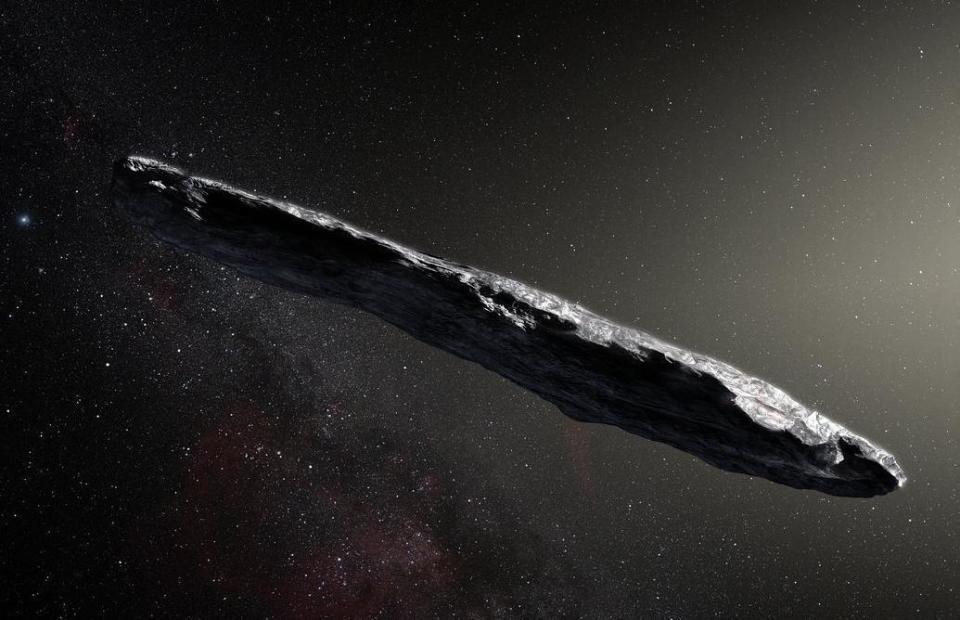Oumuamua: What you need to know about the first alien visitor to our solar system
Scientists might have spotted our first confirmed alien visitor. It's just a rock, not an ET, but it's one that could tell us profound things about where we came from.
The guest has been christened Oumuamua and was first seen in mid-October as a flash of light in the sky. Further work by observatories across the world came to pinpoint the asteroid as the first we've ever seen that made its way here from another solar system.
Why is everyone so excited?
In short, it's the first time we've ever seen an object in our own solar system that came from another one.
Obviously, we see asteroids all the time, and sometimes you can even spot them from Earth with the naked eye. There are loads of them flying about in the asteroid belt, and they occasionally get flung out and hit Earth.
But we've never been visited by such a rock from another solar system. That's what scientists think they've now found – and it could be incredibly useful for finding out about other parts of the universe, as well as being strange and exciting on its own.
What is it?
A piece of rock – but then again, so is Earth.
Oumuamua is red, dense, made up of rock and perhaps some metal, has no water, ice or dust around it. The redness is thought to come from irradiation due to the cosmic rays that have been bombarding it for hundreds of millions of years.
But strangest of all it seems to be very long and very thin. Scientists found that out by spotting the dramatic changes in brightness that happen as it spins round
“This unusually big variation in brightness means that the object is highly elongated: about ten times as long as it is wide, with a complex, convoluted shape,” said Karen Meech of the Institute for Astronomy in Hawaii.
What's so special about it?
Scientists have long expected that we're being visited by such rocks. But they've never seen it before – and doing so is an important step to understanding the universe beyond our own solar system.
“For decades we’ve theorized that such interstellar objects are out there, and now – for the first time – we have direct evidence they exist,” said Thomas Zurbuchen, associate administrator for NASA’s Science Mission Directorate in Washington. “This history-making discovery is opening a new window to study formation of solar systems beyond our own.”
What do we do now?
Scientists will watch it until it becomes too feint to see anymore, which will probably happen in mid-December. Before and after that, they'll use the detailed data that they've collected about the rock to understand how other solar systems form and exist today.
Dr Olivier Hainaut, from the ESO in Garching, Germany, said: "We are continuing to observe this unique object, and we hope to more accurately pin down where it came from and where it is going next on its tour of the galaxy."
They'll also keep an eye out for similar rocks flying past in the future. Scientists expect that such rocks visit us about once a year, but until now they've been too small to see – so the hope is now that we'll be able to spot some more of the same guests as they take a journey through our solar system.

 Yahoo News
Yahoo News 

